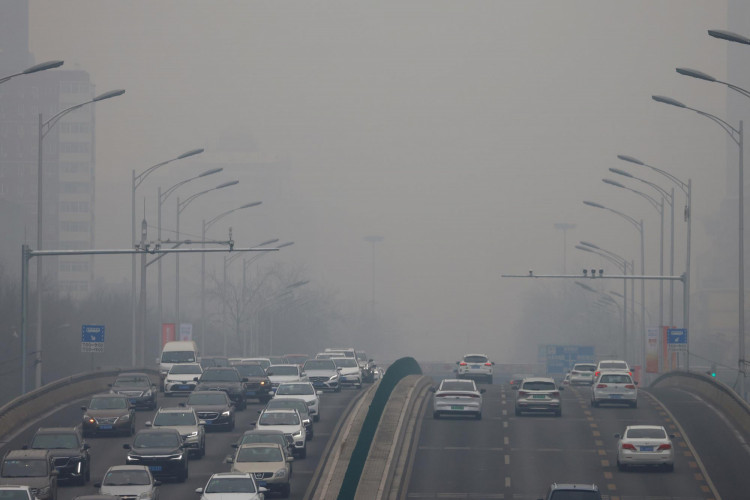Carbon emissions have sprung back to pre-pandemic levels across the globe, the latest data from the International Energy Agency shows, after a significant decline in emissions last year as nations worldwide imposed rigid lockdown measures in an attempt to contain COVID-19.
Global carbon dioxide (CO2) discharge fell by almost 6% in 2020 as the COVID-19 crisis brought economies to a halt but rebounded in December of the same year and are on track to increase further, the IEA said.
China, currently the biggest CO2 emitter in the world, also saw a rise in pollution, 0.8% overall or 75 million metric tons, toward the end of 2020. In September, the country also set a new target of cushioning or capturing more carbon dioxide than it emits by 2060.
India, the world's third largest carbon polluter, saw its emissions climb above 2019 levels from last September as economic activity rebounded as a result of easing lockdowns.
The U.S. and EU saw emissions drop by around 10%, with data indicating the U.S. returning to pre-crisis levels in December last year.
"The rebound in the world's carbon emissions towards the end of 2020 is a stark warning that not enough is being done to accelerate clean energy transitions worldwide," Mint quoted Fatih Birol, IEA executive director, as saying.
Although there have been huge drops in greenhouse gas emissions brought about by pandemic lockdowns around the world, a World Meteorological Organization (WMO) document suggests virtually no impact on the imminent climate crisis, according to Forbes.
Meanwhile, lawmakers in China are expected to set out a timeframe for attaining President Xi Jinping's objective of eradicating net carbon dioxide emissions by 2060, Nikkei Asia reported Wednesday.
Several major companies, and carbon polluters, in China have been making an effort of embracing the goal of carbon neutrality ahead of the annual National People's Congress session in Beijing Friday.






